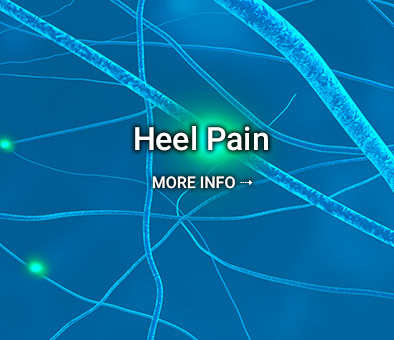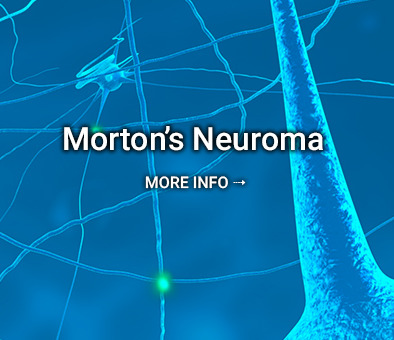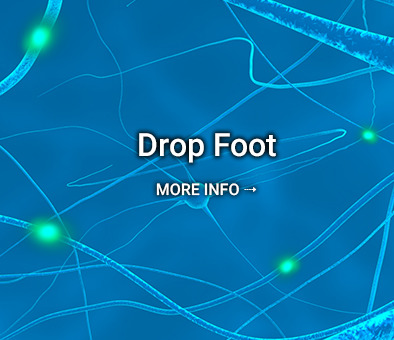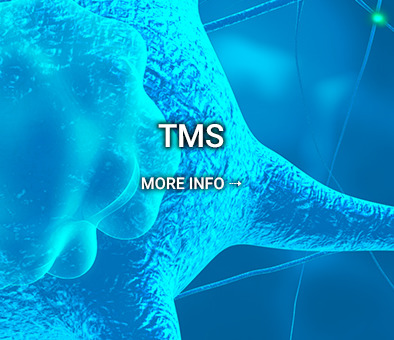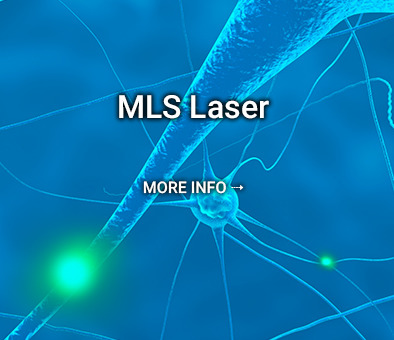
US Neuropathy Centers
Peripheral Neuropathy & Foot & Ankle Surgeons located in Marietta, GA
If you have foot pain in the ball of your foot that won’t go away even after you take self-care measures, you may have Morton’s neuroma. At US Neuropathy Centers in Marietta, Georgia, Stephen Barrett, DPM, Sequioa DuCasse, DPM, MS, and the expert team can help pinpoint the exact location of your Morton’s neuroma and provide the appropriate treatments to address the condition and any uncomfortable symptoms you experience. Don’t continue to suffer from foot pain from Morton’s neuroma — call the office or use the online scheduling tool to book an appointment today.
What is Morton’s neuroma?
Morton’s neuroma is a noncancerous swelling of the tissue around your nerve that leads to a toe. When the tissue around the nerve starts to swell, nearby bones and ligaments begin to exert more pressure on it, which causes further irritation and inflammation.
This leads to abnormal sensations in your toes that can include:
- Intermittent or constant pain
- Burning
- Numbness
- Tingling
- Swollen foot
Patients with Morton’s neuroma often feel like they have a pebble in their shoe or are standing on a bunched up sock.
How do you diagnose Morton’s neuroma?
An expert team member at US Neuropathy Centers performs a thorough physical examination to feel for a swollen lump between your bones. They may put pressure on certain points of your foot to replicate the pain and find the exact point of the damaged nerve.
They perform tests to check your range of motion and rule out other inflammatory conditions that may result in joint pain, like arthritis. They may also order imaging tests, like X-rays and MRI scans, to make sure your pain isn’t due to a stress fracture or soft tissue abnormalities.
If you suspect you have Morton’s neuroma, it’s important to get it checked by a professional at US Neuropathy Centers because if you don’t, it can result in permanent nerve damage.
How do you treat Morton’s neuroma?
At US Neuropathy Centers, the team starts with the most conservative approach to treating Morton’s neuroma. Your doctor may suggest supportive footwear and over-the-counter painkillers and anti-inflammatories to reduce pressure on the affected nerve.
Once your pain subsides, a team member can lead you in physical therapy and teach you gentle stretching exercises to loosen your ligaments and tendons.
For severe cases that don’t respond to medication and physical therapy, an endoscopic decompression procedure to relieve pressure on your nerve may help.
During the procedure, your doctor inserts an endoscope, which is a thin, flexible tube with a fiber-optic light and camera at the end, into your body. They use the endoscope to visualize the inside of your foot and locate the affected nerve. Your doctor uses specialized medical instruments to decompress the nerve, which reduces pain and other symptoms.
Endoscopic decompression is a quick and effective treatment that is performed in an outpatient setting. Most patients are able to bear weight immediately after surgery and return to tennis shoes the day after the procedure.
To learn more about the various treatments that can help with pain from Morton’s neuroma, call US Neuropathy Centers or use the online scheduler to book an appointment today.

